Exploring All Types of Crossbows: Which is Right for You?
Crossbows have been around for centuries and have evolved into many different types with unique features and purposes.
From hunting to sport, target shooting to self-defense, the versatility of crossbows has made them a popular choice for enthusiasts and professionals alike.
In this article, we will explore the different types of crossbows and their characteristics to help you make an informed decision when choosing the right one for your needs.
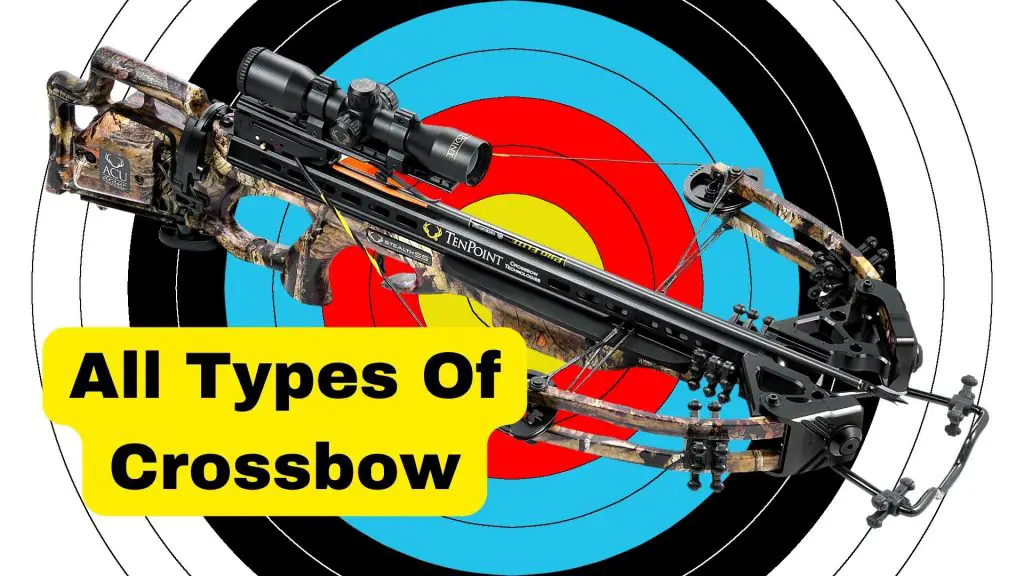
Before we dive into the various types of crossbows, let’s define what a crossbow is.
A crossbow is a type of bow that uses a horizontal limb assembly mounted on a stock to shoot projectiles, known as bolts or quarrels.
Crossbows are different from traditional bows, such as longbows or recurve bows, in that they use a trigger mechanism to release the string and fire the bolt.
This design provides greater accuracy and power, making crossbows an excellent choice for hunting and shooting.
Crossbows have a rich history that dates back to ancient China, where they were first used for military purposes.
They quickly spread to other parts of Asia and Europe and became popular among hunters and soldiers.
Over time, crossbows evolved into different types, each with unique features and designs that suit different needs and preferences.
In the following sections, we will explore the eight types of crossbows and their advantages and disadvantages to help you understand which one is best for you.
Recurve Crossbows
A recurve crossbow is one of the oldest and most traditional types of crossbows. It has a simple design that features a bow with limbs that curve away from the shooter, just like a traditional recurve bow.
This curvature of the limbs allows for a longer power stroke, which results in greater speed and power.
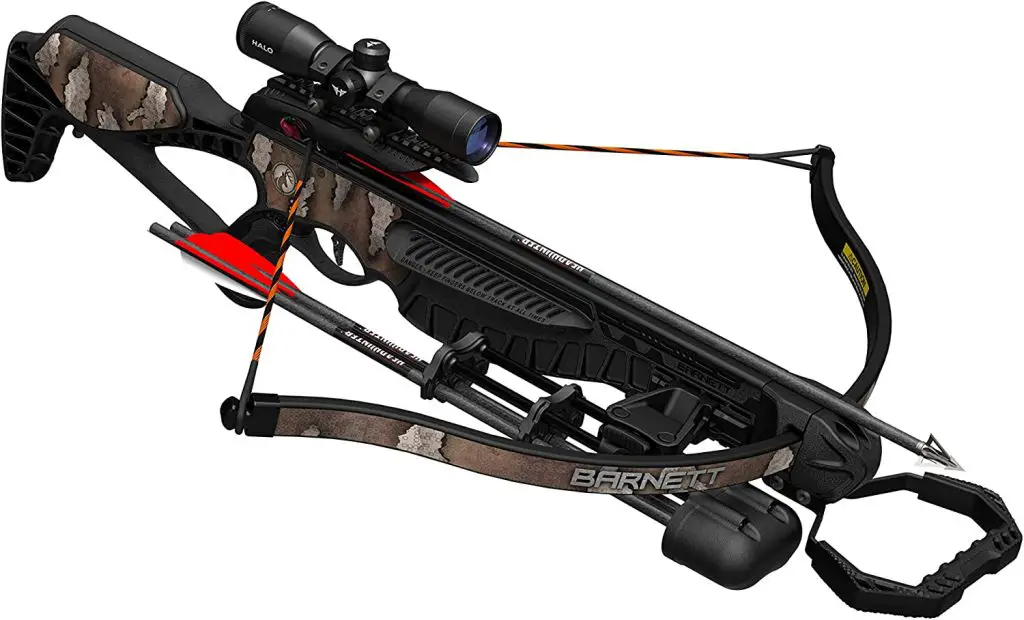
Advantages:
One of the advantages of a recurve crossbow is its simplicity.
Unlike other types of crossbows, which may have complex mechanisms and features, recurve crossbows have a straightforward design that is easy to maintain and repair.
They are also typically lighter in weight and more compact than other types of crossbows, making them a great choice for hunters who need to carry their crossbow for long distances.
Recurve crossbows are also generally more affordable than other types of crossbows, which makes them a popular choice for beginners or those who are on a budget but still want a reliable and effective hunting or target shooting crossbow.
Disadvantages:
One disadvantage of a recurve crossbow is that they are generally slower and less powerful than other types of crossbows, such as compound or reverse draw crossbows.
They also tend to be louder when fired, which can spook game animals and make them more difficult to hunt.
Recurve crossbows may also not have as many features or customization options as other types of crossbows, and may not be as accurate at longer distances.
Popular Models:
Some popular models of recurve crossbows include the Barnett Recruit Recurve, the Excalibur Matrix 310, and the TenPoint Turbo GT.
These crossbows offer a simple, reliable design and are popular among hunters and target shooters who value portability and affordability.
They may be a good choice for beginners or those who prefer a traditional, uncomplicated crossbow design.
Compound crossbows
A compound crossbow is a type of crossbow that uses a pulley system to reduce the draw weight required to cock the bowstring.
This design allows for greater accuracy and power, making compound crossbows a popular choice among hunters and target shooters.
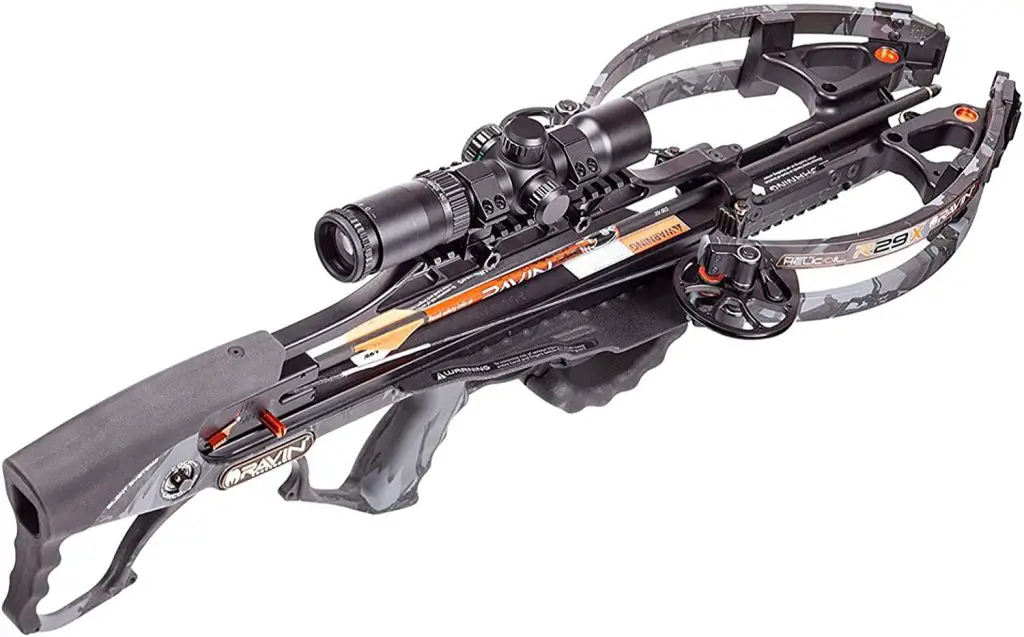
Advantages:
One of the biggest advantages of a compound crossbow is its high accuracy and power.
The pulley system used in these crossbows reduces the amount of force needed to draw the bowstring back, which allows for greater power and speed when the arrow is released.
Compound crossbows are also generally quieter when fired than recurve crossbows. They are also more forgiving in terms of accuracy, making them easier to shoot accurately for beginners and experienced shooters alike.
Compound crossbows can be more customizable with accessories and features, allowing users to tailor the crossbow to their specific needs and preferences.
Disadvantages:
One disadvantage of compound crossbows is their more complex design, which can make maintenance and repair more challenging than with a recurve crossbow.
Compound crossbows are also heavier and bulkier than recurve crossbows, which can make them more difficult to carry and maneuver in tight spaces.
They are also generally more expensive than recurve crossbows, which can be a barrier to entry for some hunters and target shooters.
Popular Models:
Some popular models of compound crossbows include the TenPoint Nitro XRT, the Ravin R29X, and the Wicked Ridge RDX 400.
These crossbows feature high accuracy, power, and speed, as well as customizable features and accessories. They are popular among hunters and target shooters who prioritize performance and reliability.
Check: Recurve vs Compound Crossbows
Pistol Crossbows
Pistol crossbows are a smaller, handheld version of a traditional crossbow. They are designed to be held and fired with one hand, making them a popular choice for target shooting and small game hunting.
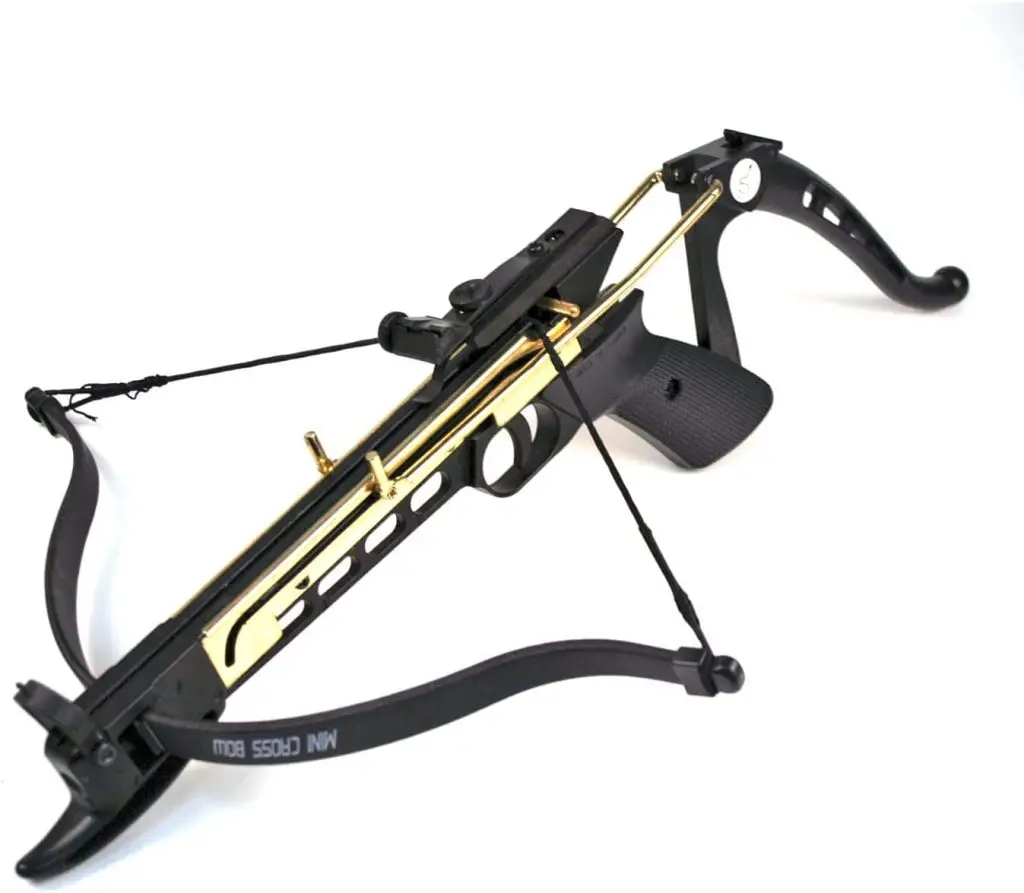
Advantages:
One of the advantages of pistol crossbows is their compact size and portability. They are easy to carry and can be stored in a small space, making them a great choice for hunters and shooters who need a more lightweight and portable option.
Pistol crossbows are also generally less expensive than larger crossbows, which makes them a great option for beginners or those on a budget.
They also have a lower draw weight, which means they can be easier to handle for people with less upper body strength.
Disadvantages:
One of the main disadvantages of pistol crossbows is their shorter power stroke, which can limit their accuracy and power.
They are also generally less powerful than larger crossbows, which may make them less effective for hunting larger game animals.
Pistol crossbows also have a shorter range than larger crossbows, which can limit their effectiveness for target shooting and hunting.
Popular Models:
Some popular models of pistol crossbows include the Cobra System Self Cocking Pistol Crossbow, the PSE Viper SS Handheld Crossbow, and the Ace Martial Arts Supply Cobra System Tactical Crossbow.
These crossbows offer a compact, portable design that is popular among target shooters and small game hunters.
They may be a good choice for beginners or those who want a more lightweight and affordable crossbow option.
Rifle Crossbows
Rifle crossbows are a type of crossbow that is designed to look and function like a traditional rifle. They have a longer barrel and stock than other types of crossbows, which can make them more accurate and easier to aim.
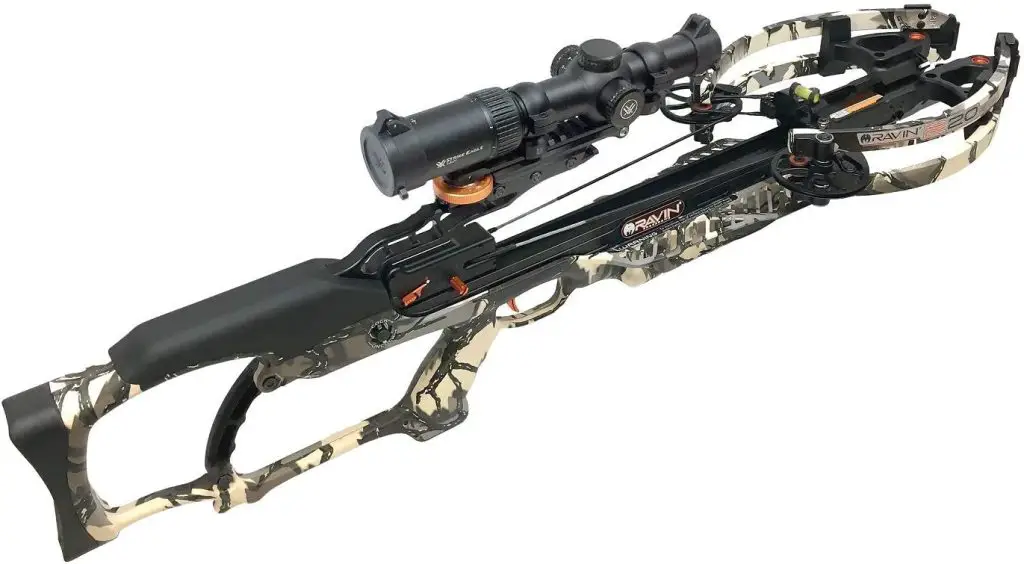
Advantages:
One of the advantages of rifle crossbows is their longer barrel, which can help improve accuracy and make them easier to aim.
They are also generally more powerful than other types of crossbows, which can make them more effective for hunting larger game animals.
The longer barrel also helps to reduce noise and vibration when fired, which can help to avoid spooking game animals.
Disadvantages:
One of the main disadvantages of rifle crossbows is their size and weight.
They are typically larger and heavier than other types of crossbows, which can make them less portable and more difficult to maneuver in the field.
They may also be more expensive than other types of crossbows, which can make them less accessible for some hunters and target shooters.
Popular Models:
Some popular models of rifle crossbows include the Ravin R20 Sniper Package, the TenPoint Nitro XRT, and the Barnett Ghost 420.
These crossbows offer a longer barrel and stock, which can help improve accuracy and make them easier to aim.
They are popular among hunters and target shooters who value power and accuracy, and may be a good choice for those who are experienced with crossbows and want a more advanced and specialized option.
Reverse Draw Crossbows
Reverse draw crossbows are a type of crossbow that is designed with the limbs facing inward instead of outward.
This design helps to reduce the overall size and weight of the crossbow, while still providing power and accuracy.
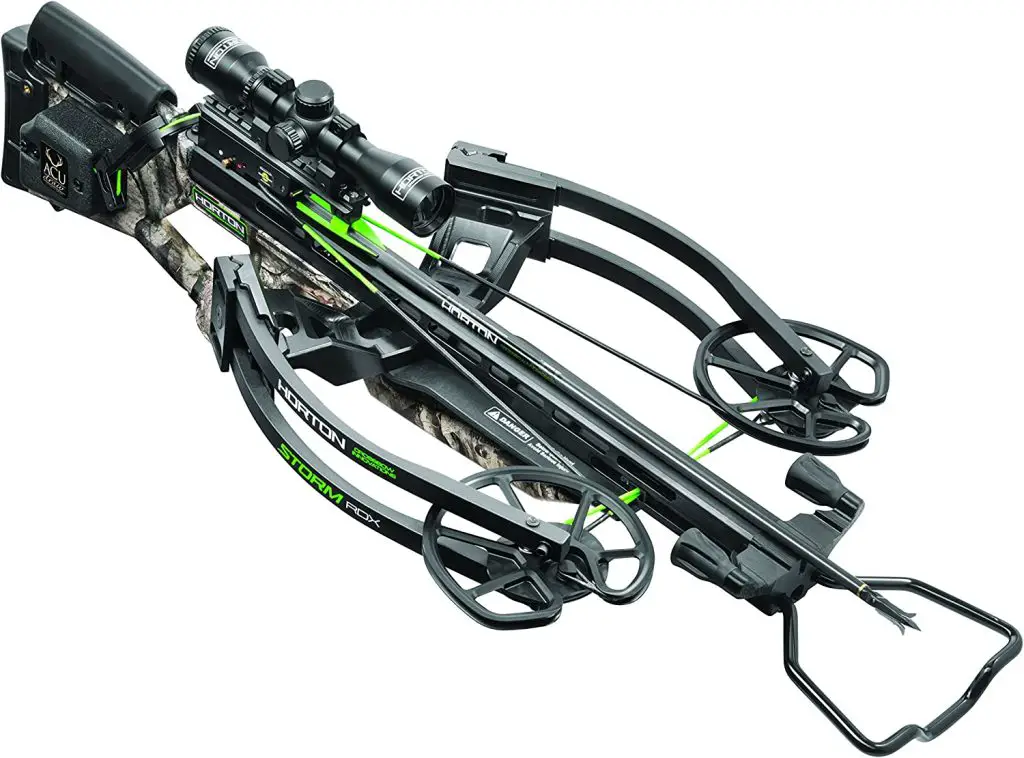
Advantages:
One of the main advantages of Reverse draw crossbows is their compact size and weight.
They are typically lighter and more maneuverable than other types of crossbows, which can make them a great choice for hunting in tight or crowded areas.
They also have a longer power stroke, which can help to increase accuracy and power. The reverse draw design also helps to reduce noise and vibration when fired, which can help to avoid spooking game animals.
Disadvantages:
One of the main disadvantages of reverse draw crossbows is their price.
They are generally more expensive than other types of crossbows, which can make them less accessible for some hunters and target shooters.
They may also have a shorter draw length, which can limit their power and range.
Popular Models:
Some popular models of reverse draw crossbows include the TenPoint Nitro XRT, the Ravin R29X Sniper Package, and the Barnett HyperGhost 425.
These crossbows offer a compact, lightweight design that is popular among hunters and target shooters who value maneuverability and ease of use.
They may be a good choice for those who hunt in tight or crowded areas, or who want a crossbow that is easy to carry and handle.
Repeating crossbow
The repeating crossbow, also known as the Chinese zhuge crossbow, is a type of crossbow that has a magazine containing multiple bolts or arrows.
Unlike other crossbows that require manual reloading after each shot, the repeating crossbow allows for rapid firing of multiple projectiles before needing to be reloaded.
Advantages:
- Rapid fire: The repeating crossbow’s ability to fire multiple bolts or arrows in quick succession makes it ideal for hunting and self-defense situations where speed is of the essence.
- Lightweight and compact: The repeating crossbow is generally smaller and lighter than other types of crossbows, making it easy to carry and maneuver in tight spaces.
- Low maintenance: Because of its simple design, the repeating crossbow is relatively easy to maintain and does not require a lot of upkeep.
Disadvantages:
- Limited power: Due to its small size and limited draw weight, the repeating crossbow has less power and accuracy than other types of crossbows.
- Short range: The repeating crossbow’s range is typically limited to a few dozen yards, making it less effective at longer distances.
- Reloading: Although the repeating crossbow allows for rapid fire, reloading the magazine can be time-consuming and may require the use of specialized tools.
Popular models:
The repeating crossbow originated in China and has been used for centuries in Asian cultures.
One popular model is the “zhuge nu,” named after the Chinese military strategist and inventor Zhuge Liang, who is said to have designed the weapon in the 3rd century AD.
Modern versions of the repeating crossbow can also be found in the market today, including the Cobra RX Adder, which features a 5-bolt magazine and a tactical design.
Another popular model is the EK Archery Cobra System R9, which features an innovative design that allows for easy reloading and fast firing.
resource: https://en.wikipedia.org/wiki/Repeating_crossbow
Traditional Crossbows
Traditional crossbows, also known as medieval crossbows, are a type of crossbow that was commonly used in Europe during the Middle Ages.
They are characterized by their simple, hand-cranked design and lack of modern features such as scopes or trigger mechanisms.
Traditional crossbows are typically made of wood and metal, and are designed to be hand-cranked to load and fire the arrow.
They do not have a trigger mechanism, and are fired by manually releasing the bowstring. They were commonly used in Europe during the Middle Ages, and are still used today for hunting and target shooting.
Advantages:
One of the main advantages of traditional crossbows is their simplicity and durability.
They do not have as many moving parts as modern crossbows, which can make them easier to maintain and repair.
They are also often less expensive than modern crossbows, which can make them more accessible for beginners or those on a budget.
These crossbows can also provide a unique and historical shooting experience for those interested in traditional archery.
Disadvantages:
One of the main disadvantages of traditional crossbows is their lack of modern features and technology.
They do not have the same accuracy or power as modern crossbows, which can make them less effective for hunting or target shooting at longer ranges. They may also require more physical effort to load and fire, which can make them more difficult to use for some shooters.
Popular Models:
Some popular models of traditional crossbows include the Armex Jaguar and the Anglo Arms Cyclone. These crossbows offer a simple, traditional design that is popular among historical enthusiasts and traditional archers.
They may be a good choice for those interested in a unique and historical shooting experience, or for those looking for a more affordable alternative to modern crossbows.
Automatic Crossbows
Automatic crossbows are a type of crossbow that is designed to fire multiple arrows in rapid succession with a single pull of the trigger. They are similar to automatic firearms in that they can fire multiple shots quickly and efficiently.
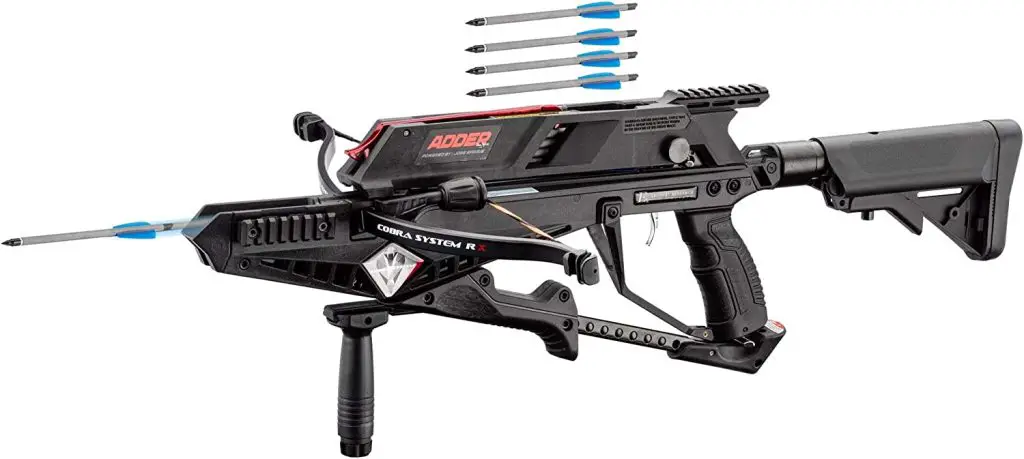
Automatic crossbows use a system of pulleys and gears to reload the crossbow automatically after each shot, allowing the user to fire multiple arrows quickly and accurately.
They are generally more complex and expensive than other types of crossbows, and are typically used for specialized purposes such as military or law enforcement operations.
Advantages:
One of the main advantages of automatic crossbows is their ability to fire multiple shots quickly and efficiently, which can be useful in situations where rapid fire is necessary.
They may also have a higher rate of fire than other types of crossbows, which can make them more effective in combat situations.
Some models may also have a larger magazine capacity, allowing the user to fire more shots before needing to reload.
Disadvantages:
One of the main disadvantages of automatic crossbows is that they may also be more difficult to maintain and repair, as they have more moving parts than other types of crossbows.
Additionally, they may not be legal for civilian use in some areas due to their high rate of fire.
Popular Models:
Automatic crossbows are not as widely available as other types of crossbows, and are typically only used for specialized purposes such as military or law enforcement operations.
One popular model is the EK Archery RX Adder Automatic SELF Loading Repeating Crossbow.
These crossbows are designed for precision and accuracy, and may be a good choice for users who need a high rate of fire and the ability to fire multiple shots quickly and efficiently.
Factors to Consider When Choosing a Crossbow
Choosing the right crossbow can be a daunting task, especially for beginners. There are several factors to consider when selecting a crossbow, including the following:
Purpose:
The first factor to consider when choosing a crossbow is the purpose for which it will be used. Are you planning to use it for hunting or target shooting? The type of crossbow you choose will depend on your intended use.
Draw Weight:
The draw weight of a crossbow refers to the amount of force required to cock the bowstring. The higher the draw weight, the more powerful the crossbow will be. However, a higher draw weight also means that the crossbow will be more difficult to cock, so it’s important to choose a draw weight that is comfortable for you.
Speed:
The speed of a crossbow refers to how fast the arrow travels when fired.
A faster arrow can be beneficial for hunting or target shooting at longer ranges. However, faster crossbows may also be louder and produce more vibration, which can affect accuracy.
Size and Weight:
The size and weight of a crossbow can also be important factors to consider.
A larger and heavier crossbow may be more stable and easier to shoot accurately, but it can also be more cumbersome to carry and maneuver.
A smaller and lighter crossbow may be more convenient to carry, but may not be as stable when shooting.
Price:
Crossbows can vary greatly in price, from a few hundred dollars to several thousand dollars.
It’s important to choose a crossbow that fits within your budget, but also meets your needs in terms of quality and features.
Brand and Reputation:
Finally, it’s important to consider the brand and reputation of the crossbow manufacturer.
Look for a brand with a good reputation for quality and customer service, and read reviews from other users to get a sense of the crossbow’s performance and reliability.
By considering these factors, you can choose a crossbow that fits your needs and preferences, and helps you achieve your goals as a hunter or archer.
Conclusion
In conclusion, crossbows come in a variety of types, each with its own advantages and disadvantages.
Recurve crossbows are simple and reliable, but require more effort to cock and may not be as powerful as other types.
Compound crossbows offer more power and speed, but are more complex and may require more maintenance.
Pistol crossbows are small and easy to use, but have limited power and accuracy.
Rifle crossbows are similar to firearms in design and use, but may not be legal for hunting in some areas. Reverse draw offer unique features and advantages, but may be more expensive.
When choosing a crossbow, it’s important to consider your intended use, draw weight, speed, size and weight, price, and brand reputation.
By taking these factors into account, you can select a crossbow that fits your needs and preferences, and helps you achieve success as a hunter or archer.
No matter which type of crossbow you choose, it’s important to practice safe and responsible use, and to always follow local laws and regulations regarding hunting and archery.
With the right crossbow and proper training, you can enjoy the thrill of hunting and target shooting with this ancient and versatile weapon.
